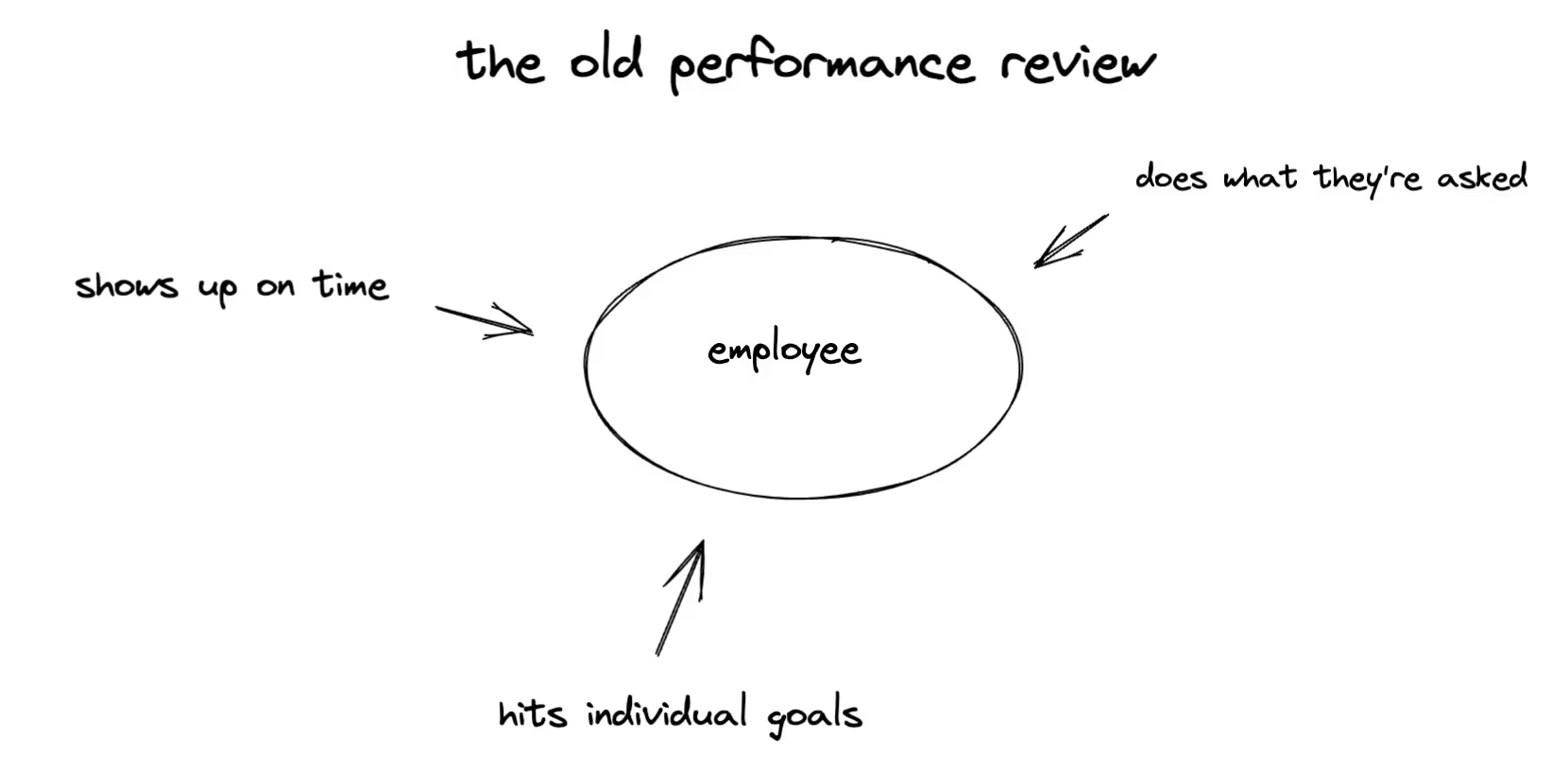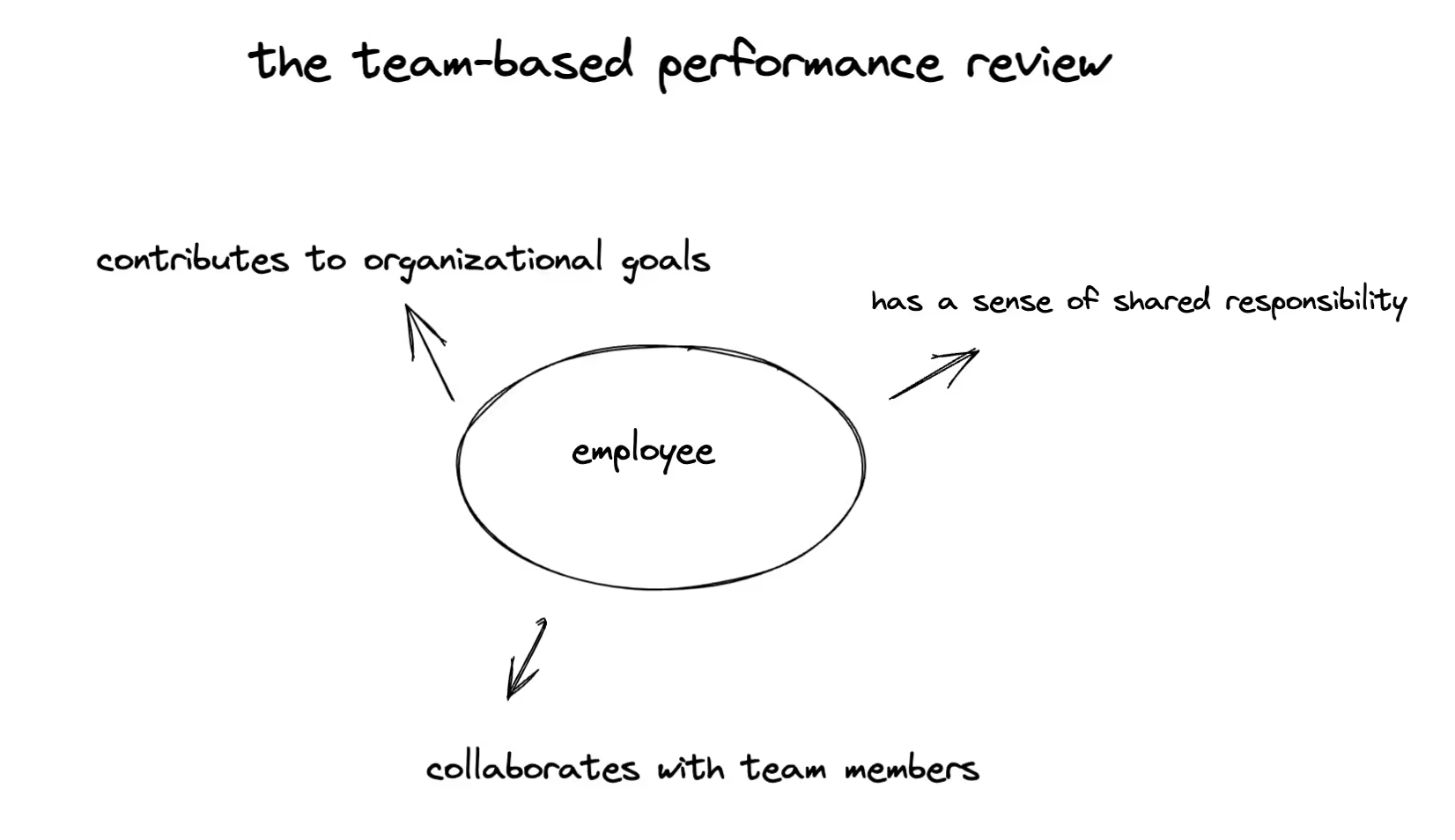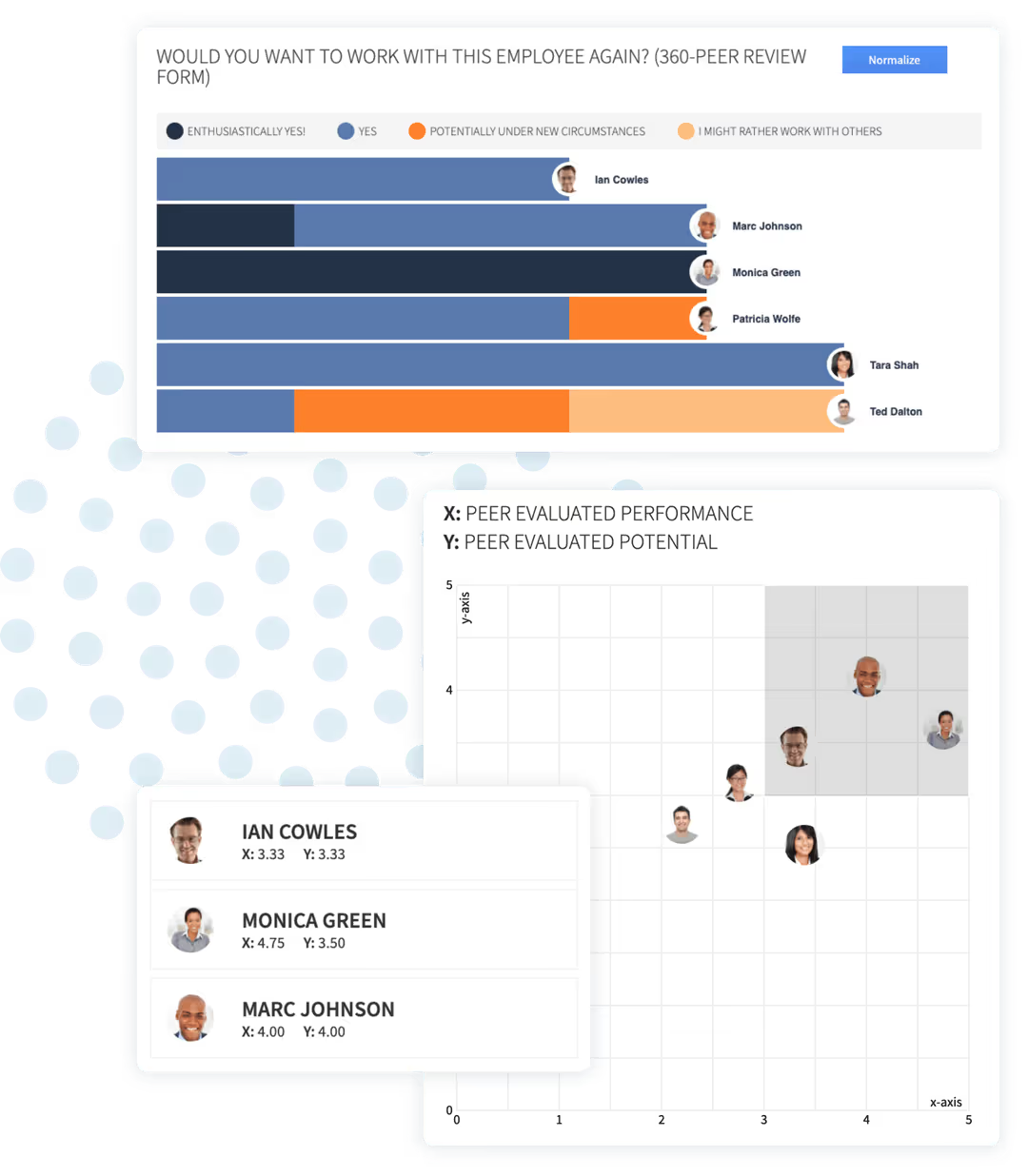Team Performance Appraisal | Tips for HR Leaders
You know that collaboration is one of the best skills to look for in an employee. What you don’t know is how to measure it. Team performance evaluations consider how well team members handle their responsibilities. They also measure how well the team works together.
So, how do you know if team performance appraisals work for your organization? Let’s start with some definitions.
Team-based performance appraisals measure the performance of any department or division.
Here’s an example:
Your internet security department is working together to patch vulnerabilities. Team performance evaluations examine how they cooperated, collaborated, and held each other accountable.
Here’s another example:
Your accounting division is implementing a new payroll process. Team-based performance appraisals help each team member understand expectations. They also help mark progress toward individual, team, and organization-level goals.
Team performance appraisals are a natural fit in project-based organizations. Consider fields like construction, consulting, architecture, and public works. Project managers develop roles, responsibilities, timelines, and targets. Team performance appraisals measure performance based on these defined metrics. At the end of the project, you can assess what went well and what needs improvement.
Most organizations need high-performing teams to be successful. Collaboration, teamwork, and a sense of responsibility enable teams to reach their goals.
Trends in Team Performance Appraisals
A recent study found that 86% of managers think collaboration is an essential soft skill for their employees. Far fewer managers measure collaboration when evaluating individual performance. So where’s the disconnect?
Most companies already have a system for evaluating individual performance. High-performing organizations know it's also essential to assess team performance. A Gallup poll studied managers who began evaluating their effectiveness as a team and providing feedback. Team performance improved by 8.5%, and productivity increased by 12.5%.
In this article, we will discuss five tips for running an effective team performance appraisal process.
Tips for Implementing a Team Performance Appraisal Process
Remember that for most organizations, individual performance appraisals are still the norm. The work disruptions caused by the COVID pandemic forced many companies to re-evaluate how they do business. It has also caused HR departments and managers to reconsider how they define and measure success.
The old way:
Before, success may have looked like showing up to work, doing what's asked, and being friendly with co-workers.

The new way:
Now employers are looking at how individual contributions relate to larger organizational goals. In a team performance appraisal, both managers and team members receive performance feedback.

Organizations are using team-based performance reviews more and more to measure employee effectiveness. Team-based performance reviews are less biased and more inclusive than individual performance reviews.
When implementing a team-based performance review process, you must consider a few factors:
- The size of the team
The team should be small enough that each member can offer meaningful input but large enough to provide diverse perspectives.
- The nature of the work.
The metrics should also be appropriate for a team setting; if not, individual performance reviews may be more effective.
Careful planning and execution are crucial to the success of team-based performance reviews. The process should also promote open communication and feedback. Also, teams should have adequate time to prepare for and conduct the review.
Consider Project-Based Performance Reviews
Project-based team performance reviews work for companies that do well-defined, time-limited projects.
Project management systems simplify these reviews because the system tracks specifics like:
- Goals
- Expectations
- Roles
- Objectives
- Scope
- Deliverables.
Managers can measure the team's performance based on these success indicators.
Doing team performance reviews after each project means having a frequent feedback cycle. Timely feedback helps correct deficiencies in performance in real time. Plus, project-based performance reviews are an excellent way to debrief after completing a project.
Cascading Goals
Cascading goals flow from the top down. They start with the organization's objectives and end with specific goals for individual team members. This goal structure makes it easy for individuals to understand their roles. It also shows individuals how their performance aligns with the team and organizational goals.

Compare Team Data to Other Teams
Your company’s performance appraisal process tells you where to make organizational improvements. Team performance appraisals show insights into team metrics like output, quality, and efficiency. This data helps managers improve performance by identifying areas where teams are struggling. It also helps managers see where they need to make changes to support their teams better. Finally, this information enables you to compare the performance of teams all across your organization.
PerformYard lets you run reports after conducting performance reviews. These reports offer valuable data showing how each team is performing. When you identify a high-performing team, you can analyze the review responses to see what makes them successful. Then, you can find ways to replicate that advantage across the organization.
Use 360 Reviews
Organizations with team-based performance review processes often use 360 reviews. These reviews help individuals understand how the rest of the team feels about their performance. PerformYard's flexible 360 reviews let team members provide feedback to each other and their managers.
360 reviews also help to create a more open and transparent performance review process. Giving all team members a chance to provide feedback ensures that everyone has a voice in the process. This helps to build trust and respect among team members and makes the process more effective.

Use Software to Run a Smoother Appraisal Process
PerformYard can be a huge help when running team-based reviews:
- Facilitates communication between team members.
- Identify areas that need improvement.
- Provide a platform for giving and receiving feedback.
When done right, performance reviews are a valuable tool for improving team performance. Still, many managers feel overwhelmed by the process.
PerformYard streamlines your performance management process with a centralized platform. That platform stores review data develops and delivers evaluations, and notifies you when reviews are due. If your organization has a complex system of individual, team, and department reviews, PerformYard simplifies it with an intuitive dashboard and robust analytical tools.
Team Appraisal Examples
Positive Feedback Examples
- The synergy and collaboration in this team have been exemplary. Your ability to align individual efforts with our team goals has led to significant achievements, reflecting a clear understanding of our cascading objectives.
- This team consistently demonstrates high efficiency and quality in its outputs. Your collaborative work ethic and effective communication are key factors in surpassing our project benchmarks.
- Feedback from 360 reviews highlights the team's strong problem-solving skills and innovative approach. Each member has contributed valuable insights that have propelled our projects forward.
- The team has shown remarkable adaptability in adjusting to new challenges and changes in project scopes. Your collective resilience and positive attitude have been instrumental in maintaining high-performance standards.
- Your team's ability to leverage individual strengths to benefit the group is commendable. This has not only enhanced team productivity but also fostered a supportive and inclusive work environment.
Critical Feedback Examples
- While individual skills within the team are strong, there's a need to improve on how these skills are integrated towards common goals. Focusing more on unified objectives and collaborative efforts can elevate overall team performance.
- Feedback indicates a disparity in workload distribution among team members. Developing a more balanced approach to task allocation can help in achieving more cohesive and efficient team outcomes.
- The team's overall output has been inconsistent, suggesting a need for better alignment with our cascading goals. Regular check-ins and clearer communication of team objectives could improve performance consistency.
- There appears to be a challenge in adapting quickly to changing project demands. Enhancing team flexibility and developing proactive strategies for change management can lead to more effective responses to unforeseen circumstances.
- Although individual contributions are valuable, the team sometimes struggles with collective decision-making. Enhancing collaboration and consensus-building skills will be crucial for more harmonious and effective team dynamics.

